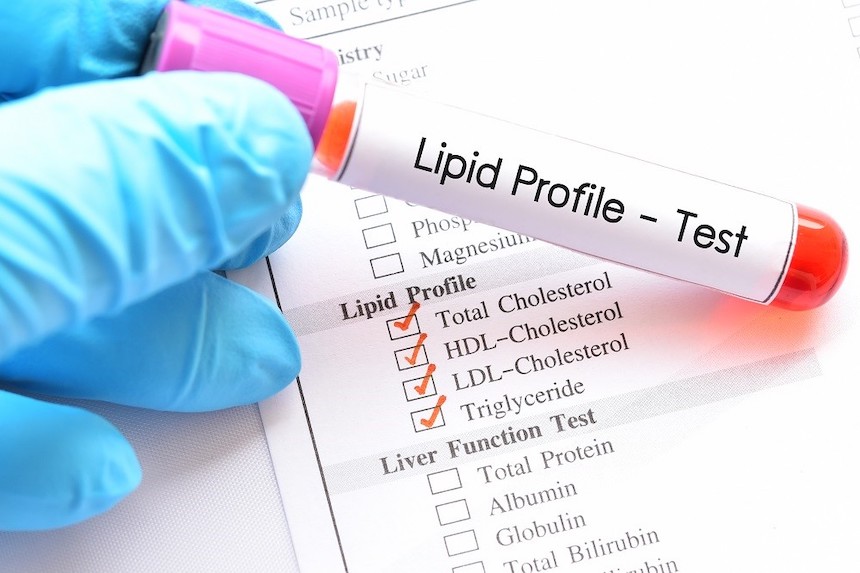
A lipid profile test is essential for detecting the levels of cholesterol in the bloodstream. Cholesterol is a wax-like substance that is crucial for our body. Many people have a misconception that the term “cholesterol” indicates something that is harmful to our body, but it is utterly wrong. Adequate levels of cholesterol are necessary for our body to function properly. Cholesterol secretes some essential hormones, forms an integral part of our cellular structures, helps the body secrete Vitamin D, produces bile acids, etc. to name a few. But the problem arises when the cholesterol level exceeds in the blood because it is only then it has an adverse effect in the body. High cholesterol levels in blood make a person susceptible to cardiovascular diseases, artery diseases, stroke, etc.
What Are Lipoproteins and What Do They Do?
Cholesterol and proteins are together known as lipoproteins. There are two types of lipoproteins:
- HDL or High-Density Lipoproteins: They are generally considered as the “good” cholesterol because they eliminate the unnecessary, harmful cholesterol from the blood.
- LDL or Low-Density Lipoproteins: These are the “bad” cholesterol because they lead to most of the cardiac issues, stroke, hypertension, atherosclerosis, etc.
A blood lipid profile test not only gives you the details of the total cholesterol in the blood but also the details of the two lipoproteins and triglycerides in the blood. Triglyceride is also a “fat” found in the body; whose increased value can lead to adverse effects.
Some Factors That Lead to Increased Cholesterol Levels in The Blood
As an elevated cholesterol level is an early precursor of heart diseases, it is important to check your cholesterol levels at intervals through a lipid profile test, especially if you are above 30 and have pre-existing conditions. Some causes of high cholesterol level are discussed below:
- Obesity- An obese and overweight person is more likely to have increased cholesterol levels in the blood than a person who has a normal body weight.
- Genes play a role- If someone in your family suffers from high cholesterol level, you are also likely to suffer from the same.
- Habits- Certain bad habits like eating outside often, smoking, drinking, eating junk food, processed, and dairy products often can increase your cholesterol level in the blood.
- Diet: An unhealthy diet comprising mostly proteins, carbohydrates, and fats and which lacks vitamins and minerals can also result in increased cholesterol levels in the blood.
How Is the Blood Lipid Profile Test Conducted?
The lipid profile test is as simple as any other test. At first, blood is taken from the veins of the armpit and evaluated. It is necessary to conduct the test in an empty stomach to get the accurate result. Once the test is done you need to await the results. The test result will give a detailed analysis of the different types of cholesterol found in the blood.
Desired Values of The Different Types of Cholesterol in The Blood
In a healthy individual who does not have any underlying physical conditions, the normal value of the different types of cholesterol as recorded in the lipid profile test is given below:
- If the cholesterol level is above 200 mg/dl that can be dangerous and immediate precaution should be taken.
- Triglycerides should be within 150 mg/dl otherwise can create haywire.
- The good cholesterol or HDL should be at least 60 mg/ dl. A value less than that is not desirable.
- LDL or bad cholesterol should be within 130 mg/dl otherwise can create multiple problems.
Thus, a simple lipid profile test can help you keep your cholesterol levels in check and protect your heart. This test will help in the proper maintenance of your body.
- Why It’s Necessary To Use Luxury Vinyl Plank Flooring - January 15, 2023
- Top 4 Benefits of the Best Air Conditioning System - June 9, 2021
- 5 Things To Consider When Choosing One of the Best Bathroom Vanities - January 27, 2021






